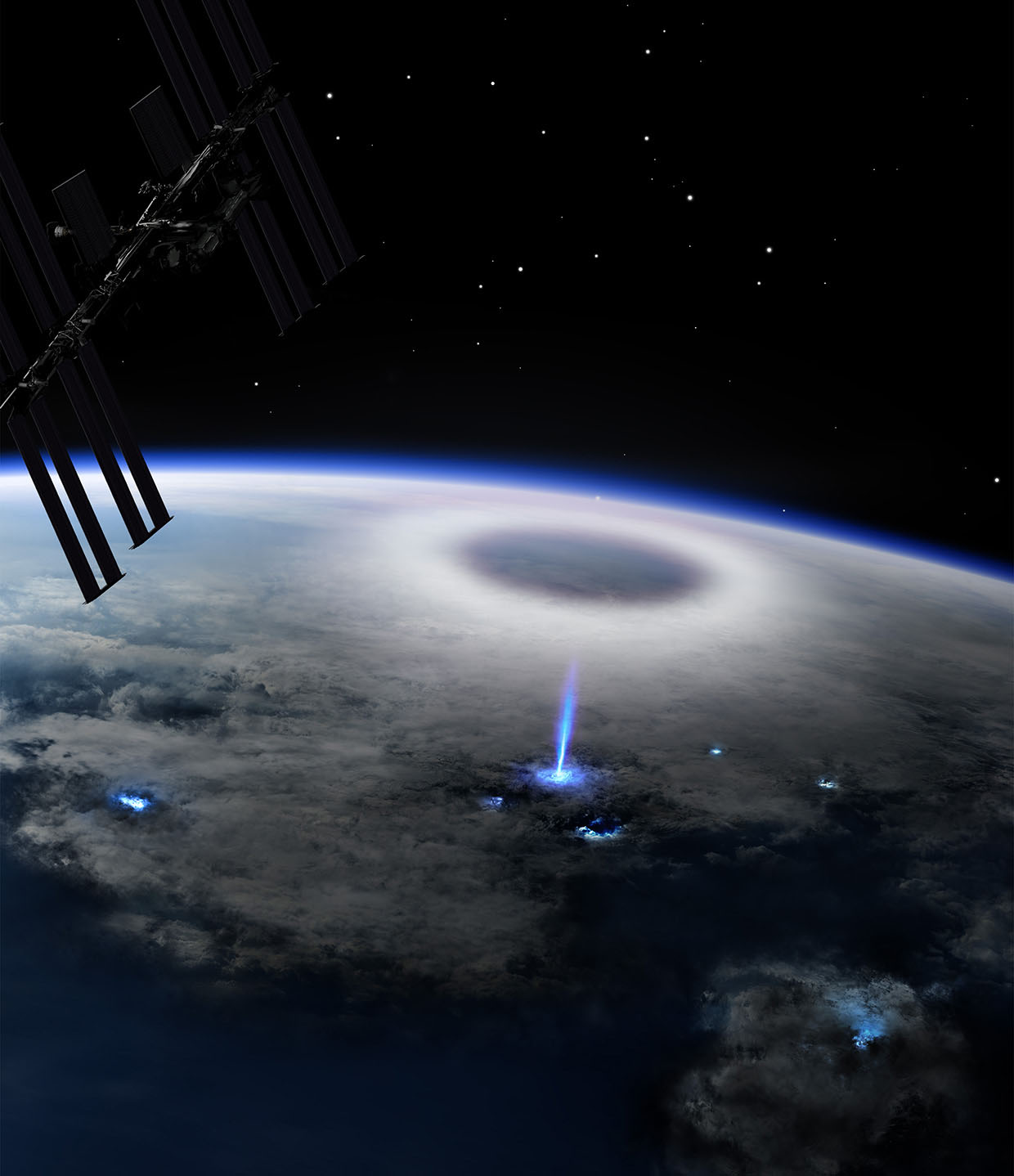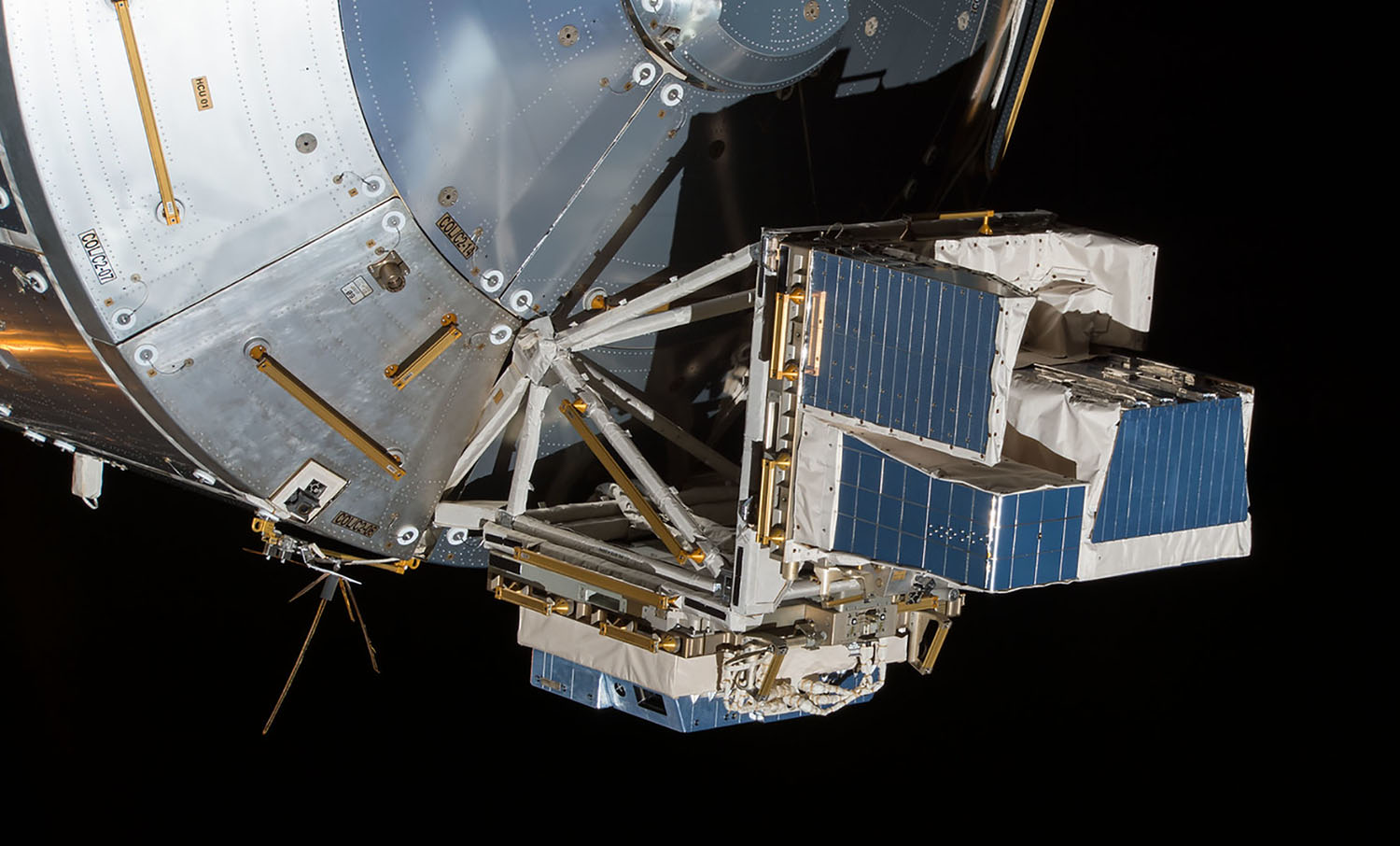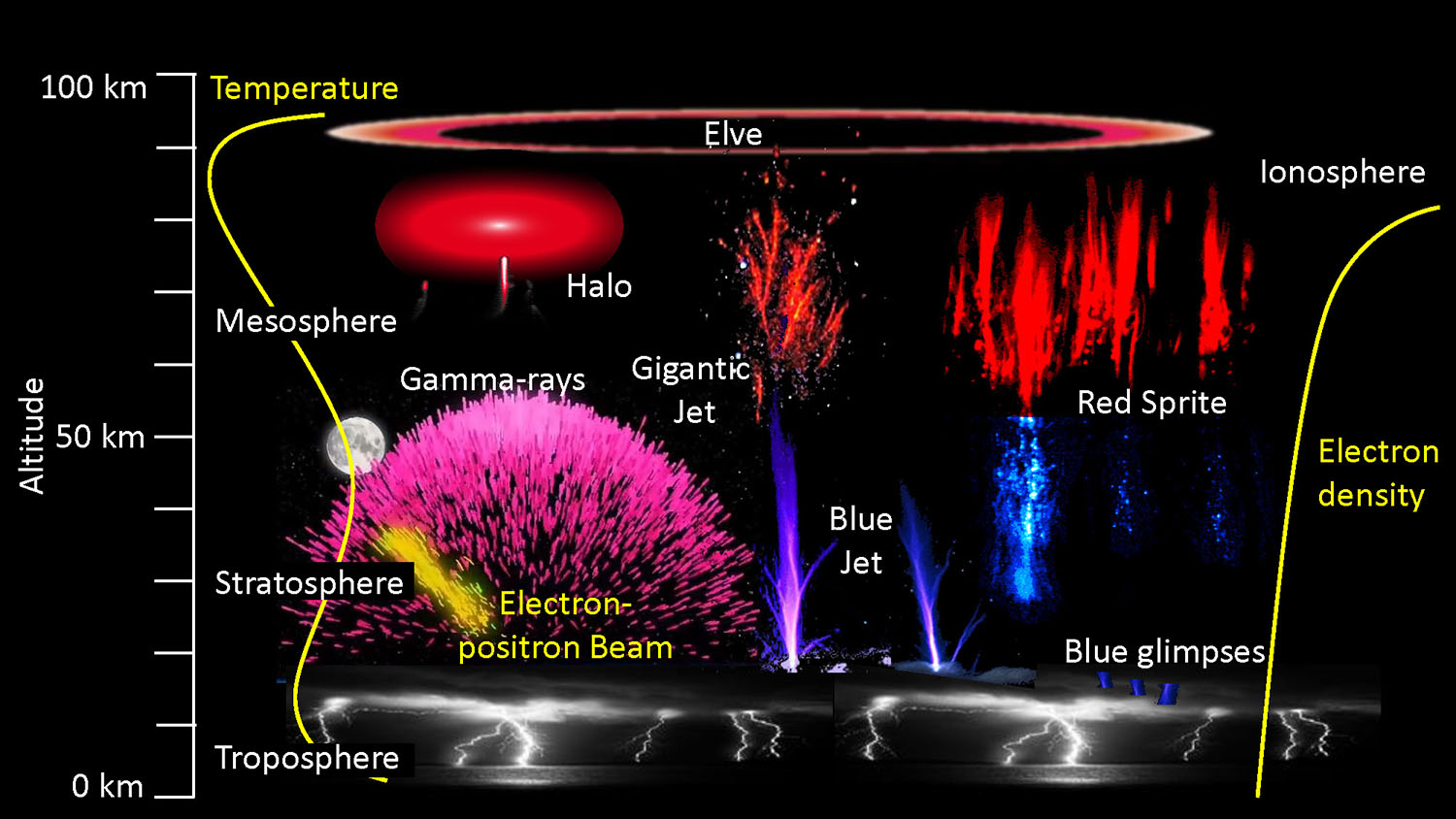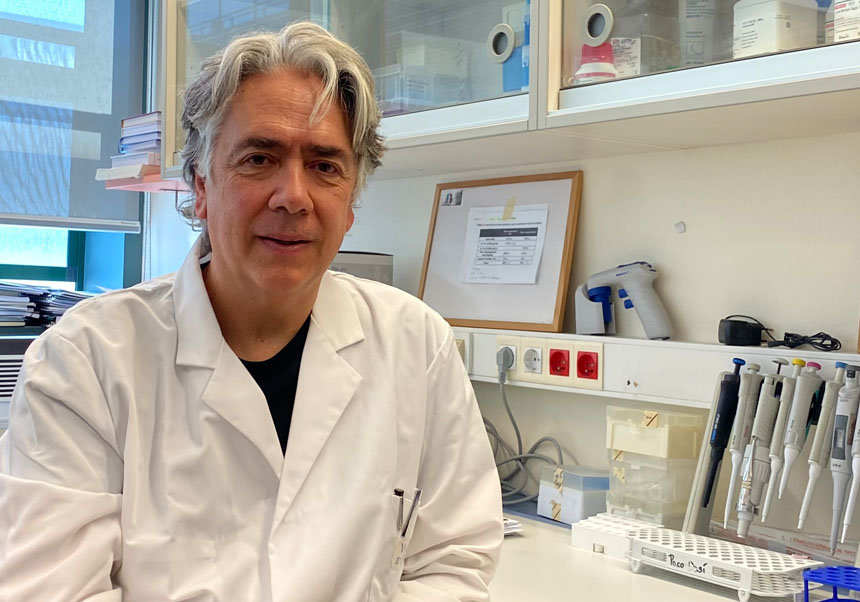Astrophysicists detect for the first time a blue ray from its genesis, spreading upward in the stratosphere
- Science Park
- January 20th, 2021
An international team of scientists in which the University of Valencia participates has detected, for the first time in history, a blue ray with all its geometry from the first microsecond of its genesis and that propagates in the stratosphere. The discovery affects the study of the warming of the highest areas of the Earth’s atmosphere and the global electrical circuit. The work appears published in Nature magazine.
The scientific interest in understanding the generation and production of electrical discharges in clouds during storms has meant, since ancient times, millions of observations from bases on Earth. The separation of electrical charges that occurs inside a storm generates an ionising movement of the components of the atmosphere, which gives rise to the powerful discharges that are colloquially known as ‘rays’. These move a few times between clouds; others, from the cloud to the ground or vice versa.
There is another type of more rare events that appear as very blue and intense jets, which rise from the cloud towards the highest parts of the atmosphere. They are called ‘blue jets’, ‘blue glimpses’ and ‘blue starters’. They originate 10-15 km high from the clouds, rise in the atmosphere and can only be observed from space.
The team of Víctor Reglero, professor of Astronomy and Astrophysics at the University of Valencia and researcher at the Image Processing Laboratory (IPL) of the academic institution, together with his Danish and Norwegian colleagues, has detected and fully characterised a Blue Ray, determining its position, duration, evolution and speed from its origin in the upper layer of the clouds. In addition, he has established the relationship – to the microsecond – between the parent ray and its evolution in the form of ascending light. Never before had a result of these characteristics been achieved.
In February 2019 and thanks to the images obtained by the space observatory Atmosphere Interactions Monitor (ASIM) – operating on the ISS –, researchers observed five very violent eruptions near the island of Nauru in the Central Pacific, both in the two cameras as in the three photometers that ASIM has. “These are plasma eruptions that originate at a height of 16 km from the cloud and depart, in a matter of microseconds, towards the highest areas of the stratosphere”, says Víctor Reglero.
According to the article published now in Nature, the third of these eruptions shows an even more singular result. With a duration of 20 microseconds, a signal a hundred times stronger than usual in the so-called blue photometer (337 nm) and nothing in the red photometer (777 nm), scientists deduce that the image is cone-shaped and that its aperture increases as the emission progresses in its 196 microseconds duration and rises into the atmosphere until it reaches 56 km in height.
In parallel, the work analyses the rays in this area with ground-based data and establishes the relationship between the beginning of a ray and the violent blue emission detected by the photometers. “It is the first time that we can correlate a parent ray with the predominant emission in blue and propagating towards the highest parts of the atmosphere”, explains the astrographer from the University of Valencia. “Now there are rays that propagate from the cloud to the ground, vice versa or between clouds, and blue rays that rise from the cloud to very high layers of the atmosphere. This is the novelty”, adds Reglero.
This discovery has an impact on the warming of the upper areas of the Earth’s atmosphere, as well as on the Global Electric Circuit (GEC). According to the basic model, the Earth’s atmosphere – from the clouds at 10 km to the ionosphere at 100 km – is a kind of elementary electrical circuit where the free electrons from the clouds rise to the ionosphere and then slowly descend to the surface of the Earth. “This idyllic vision is disturbed by the existence of very intense and violent discharges, such as blue glimpses, blue starters and now blue rays”, comments the scientist. “This means that the Global Electric Circuit is not as continuous as we assumed, since it has discharge peaks that affect the number of electrons that move in it. A future task is to evaluate the frequency of the blue rays and their contribution to the total charge moving in the CEG. This is our challenge for the next few years”, he concludes.
The interest of the discovery itself, as well as its impact on the high capes of the atmosphere and on the Global Terrestrial Circuit (GTC), has made the article occupy the cover of the first issue of 2021 of Nature magazine. This is the second consecutive year that Reglero's team opens the year starring, with their work, a front cover of maximum international prestige. In 2020, the magazine Science dedicated the first cover of the year to a work on violent atmospheric phenomena with co-authorship of this astrophysicist from the University of Valencia.
The international team is formed by researchers from the National Space Institute (Technical University of Denmark - DTU Space, Denmark), the Birkeland Centre for Space Science (Department of Physics and Technology University of Bergen, Norway) and the Image Processing Laboratory of the University of Valencia.
Reference
Observation of the onset of a blue jet into the stratosphere. Torsten Neubert, Olivier Chanrion, Matthias Heumesser, Krystallia Dimitriadou, Lasse Husbjerg, Ib Lundgaard Rasmussen, Nikolai Østgaard & Victor Reglero. Nature volume 589, pages371–375(2021).
VIDEO 1.- Ignition and evolution of the Blue Jet from the cloud layer, seen from the International Space Station ISS.
VIDEO 2.- A trip from Earth to space. ASIM on the ISS.



More information:
File in: Astronomía y Astrofísica
















